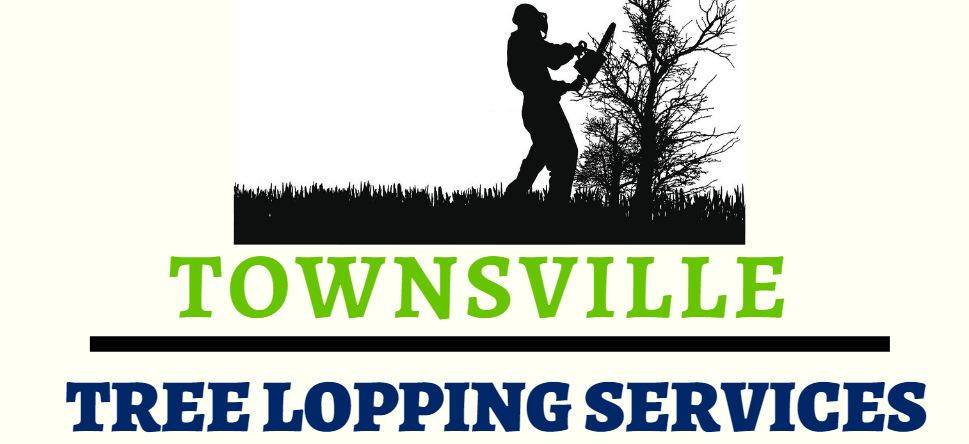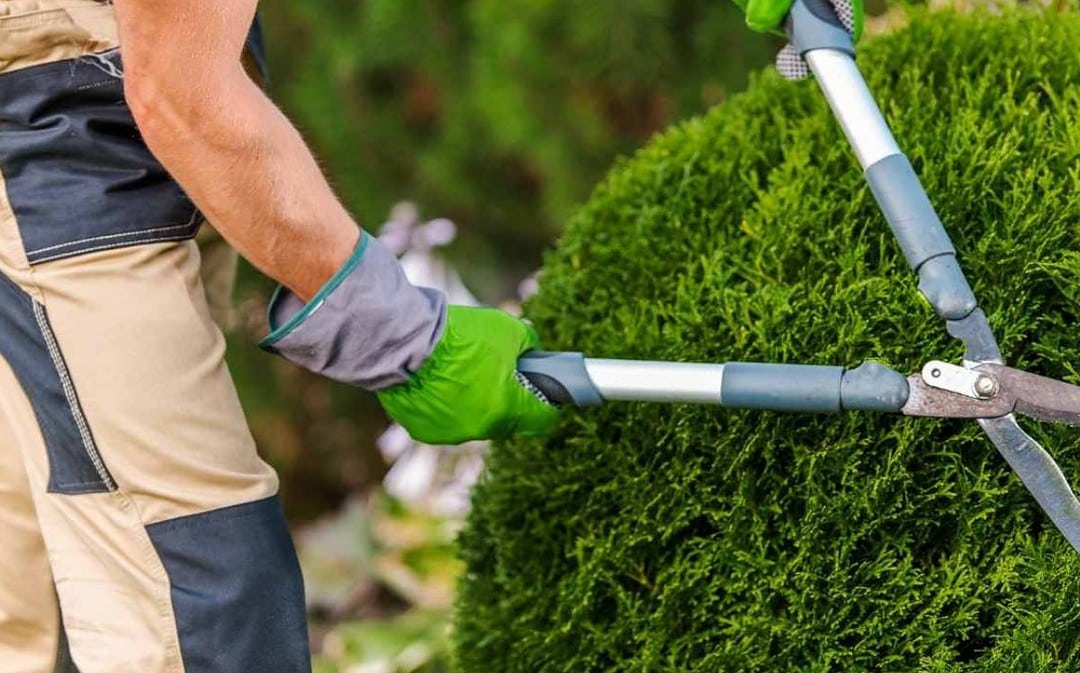Table of Contents
The Shrub Pruning Rule of Thirds
When it comes to pruning shrubs and small trees, home landscapers fall into one of two categories: those who are overly cautious about pruning for fear of causing damage, and those who aggressively over-prune in order to achieve that perfectly shaped shrub or hedge. Professional gardeners and experienced do-it-yourself landscapers, on the other hand, learn that the nearly perfect pruning technique involves trimming about one-third of the good wood during any major pruning session. If you prune more than that, you risk damaging the plant or severely stunting its growth. Prune too little, on the other hand, and you don’t accomplish much, failing to significantly improve the shrub.
The 9 Best Cordless Hedge Trimmers for Money
Why is the 1/3 Rule used?
Pruning established shrubs and small trees in a moderate manner stimulates new, vital growth. Plants maintain a balance of above-ground and below-ground parts. When the plant loses a significant number of stems, particularly at the top, it attempts to restore balance by pushing forth new growth to keep the top greenery in balance with the water and nutrients pushed into it by the root system.
In moderation, this regrowth is beneficial: it is how plants heal, and it is how pruning can stimulate growth from dormant buds. When a plant loses too much of its leafy growth, it enters a state of shock or panic. At this point, it may try to regrow from suckers or water sprouts, which can leave the plant looking ragged. Suckering has a habit of lasting a long time once it begins.
Too little pruning, on the other hand, has little effect on stimulating new growth. While it may help with minor shaping, timid pruning will not stimulate new stem growth in the same way that a good 1/3 pruning does.
Only established shrubs and small trees
Only fully established shrubs and small trees are subject to the 1/3 rule. An established plant has fully recovered from transplant shock. Before performing major pruning on newly planted shrubs and trees, give them a season or two to establish their root systems. This shock may last several years in larger shrubs that have been transplanted. Any shrub that requires supplemental watering during non-drought periods is still in transplant shock and should not be pruned heavily. If you prune too much or too soon, you risk stunting the tree just when it needs a lot of top greenery to support the development of its new root system.
The 1/3 rule can be applied to most shrubs and small ornamental trees, but pruning should be limited to no more than 1/4 of the total branches on larger shade trees. Shade trees will also be stimulated into new growth by assertive pruning, but not to the same extent as multi-stemmed shrubs. Pruning trees on a regular basis is still important because it makes them less susceptible to wind damage.
When Hard Pruning Is Required
Hard pruning is necessary for any healthy, established shrub, but it may be overdue if either or both of the following conditions exist:
Your shrub is a deciduous species that grows quickly. Many traditional garden shrubs, such as forsythia, mock orange, beauty bush, and the popular viburnums, fall into this category. Anything commonly used as a hedge, such as barberry, privet, and Japanese holly, will also work. Don’t be concerned if your shrub isn’t on the list; you can judge for yourself. Any plant that has been in your care for a few years and is becoming unruly or out of control is due for a hard pruning.
Your shrub has multiple stems and grows new stems or canes every year. Lilacs, rugosa roses, and other commonly suckering plants are naturally prepared for hard pruning. Because of their extensive root systems, they can easily replace wood.
Pruning Techniques for Beginners
One assertive pruning session per growing season should be enough for an established shrub or small tree. At other times, pruning should be limited to the removal of dead or diseased branches or simple shaping pruning to maintain the proper shape of hedges.
Pruning most shrubs is best done in late winter or early spring. The plants are still dormant at this time, but they are just getting ready to sprout new growth. If your shrub blooms in the spring, make sure to leave enough flower buds on the stems for a spring display. Some homeowners are hesitant to prune a shrub or tree aggressively, but rest assured that an established shrub will quickly reward you with lots of dense new growth.
Begin by removing any dead, damaged, or diseased wood from a vigorous, established shrub. Remove any crossing branches that are rubbing the bark. Then, (and this is the most difficult part for some homeowners), choose a group of strong, well-placed stems to save, then sacrifice a significant number of secondary stems. This aggressive pruning will soon have the effect of jump-starting new growth on the remaining branches, and you will notice a dramatic improvement in the shrub within a few weeks. If desired, finish this heavy pruning with some light pruning at the tips of remaining stems to shape the shrub, as when it is part of a hedge.
Remember to be daring when applying the 1/3 rule. It is critical to remove enough wood to achieve your objectives. The tendency for new gardeners is to prune too little and fall short of the ideal.
When a third is insufficient
When a shrub is neglected for a long period of time, it can become so overgrown and out of control that regular pruning is no longer sufficient. Some experts recommend a very severe form of pruning known as rejuvenation pruning for these shrubs. This entails removing the entire shrub at a height of six to twelve inches above the ground. In a short time, the shrub will be little more than an unsightly clump of stems, but it will quickly restore itself to a new, improved shape. Not all shrubs respond well to rejuvenation pruning, but those that do are precisely the shrubs that grow out of control:
- Dogwood
- Potentilla Spirea
- Hydrangea Honeysuckle
- Weigela Lilac Forsythia

